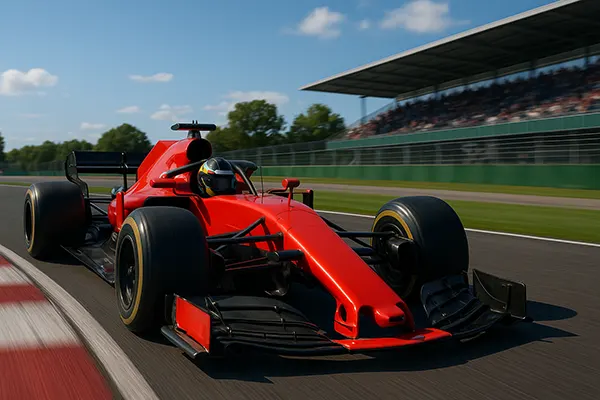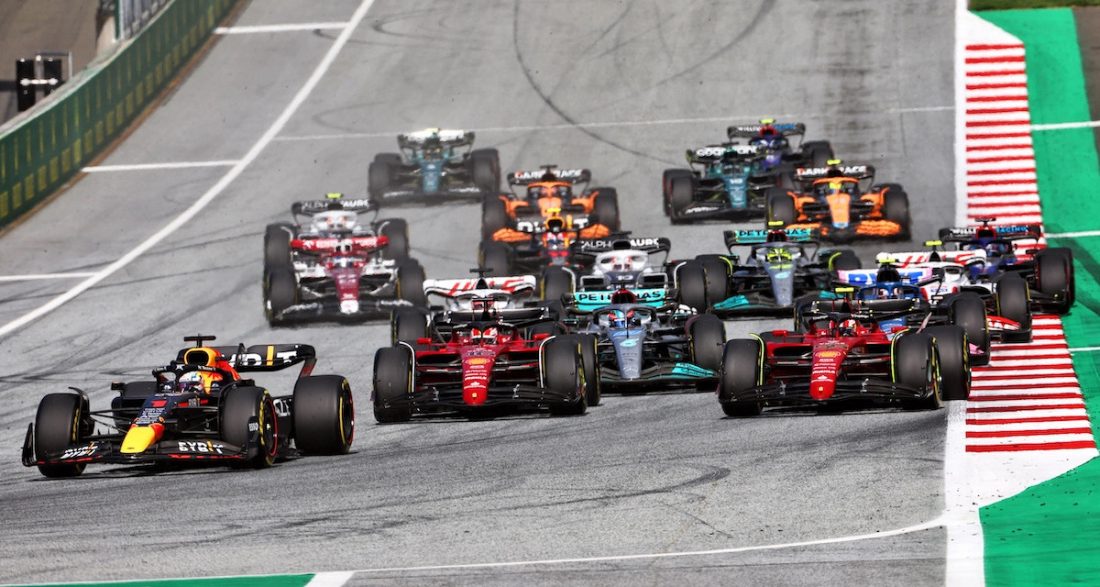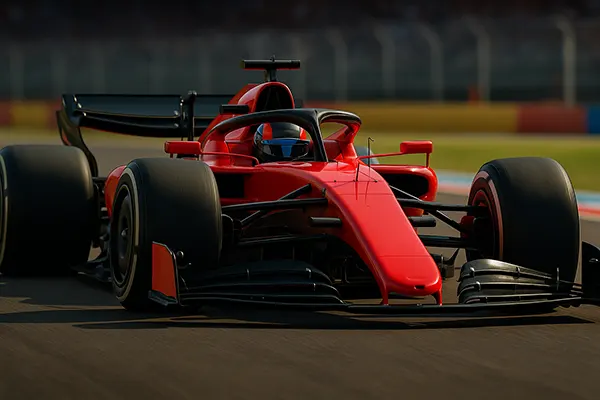
How Artificial Intelligence Is Shaping a New Era of Strategy in Formula 1 (2025)
In 2025, Formula 1 is no longer just about speed, precision, and driver skill — it has evolved into a data-centric competition driven by cutting-edge artificial intelligence. From real-time race strategies to season-long development cycles, AI has reshaped how teams operate. This transformation is grounded in years of engineering progress, computational power, and growing reliance on machine learning tools across every level of racing.
AI and Real-Time Strategy Optimisation
Today’s F1 teams depend heavily on machine learning algorithms to make instant decisions during races. These systems process thousands of data points — including tyre degradation, track temperature, weather predictions, and driver telemetry — to simulate and compare potential outcomes for each possible tactical move. In high-stakes conditions, even the timing of a single pit stop can determine the difference between a podium finish and a midfield result.
AI not only suggests optimal laps for pit windows but also helps strategists adapt to safety car deployments, virtual safety car periods, or unexpected weather changes. This level of adaptability was once achievable only through human expertise, but machine learning now augments or even supersedes traditional decision-making models.
One notable implementation is Mercedes-AMG’s AI-based simulation system, which generates real-time strategy trees updated on every lap. Engineers receive ranked options based on changing race conditions, giving them a competitive advantage in terms of timing, tyre choice, and response to rival team actions.
Simulation Tools Transforming Race Weekend Preparation
Before a Grand Prix even begins, teams invest hundreds of hours running simulations through AI-powered virtual environments. These tools help engineers pre-test race strategies under variable conditions. By mimicking engine wear, braking patterns, and fuel consumption, the AI builds adaptable race plans tailored to every driver and track layout.
This preparation enables teams to foresee scenarios that would previously have been overlooked. For example, Ferrari’s data science division now simulates overtaking windows using predictive algorithms that combine past race data with Monte Carlo simulations. Such tools help identify the best racing lines and reduce on-track errors.
Moreover, AI also provides psychological and physiological insights by analysing biometric data from drivers during test runs. This allows for personalised feedback, ensuring optimal physical and mental readiness under different track conditions and stress levels.
Car Development Accelerated by Machine Learning
AI’s influence goes far beyond race day. Throughout the season, teams rely on neural networks to accelerate design improvements. By feeding telemetry data into optimisation models, engineers can predict how car components behave under stress, allowing quicker testing iterations without wasting track time or budget.
Wind tunnel testing, for instance, is now partially replaced by AI-driven fluid dynamics simulations. Red Bull Racing utilises these models to tweak aero elements virtually, significantly reducing the time from concept to implementation. This rapid development cycle is essential in a season where regulations limit real-world testing.
In addition, materials science has benefited from AI pattern recognition. Machine learning tools help analyse wear and fatigue levels of engine parts, flagging anomalies that could lead to failures. This preventive maintenance approach increases car reliability — a critical factor in the championship battle.
AI-Enhanced Driver Feedback Loops
AI also plays a pivotal role in improving driver performance via advanced feedback systems. Data collected during practice laps is analysed using supervised learning models to generate detailed driver performance reports. These highlight areas such as braking delays, steering precision, and throttle consistency.
McLaren, for example, uses AI to run digital twins of its drivers, comparing real-world input with idealised models. This analysis not only fine-tunes driving technique but also informs engineers on how to calibrate vehicle settings for better synergy with individual driving styles.
Virtual coaching is now emerging as a standard. Drivers receive real-time AI-generated audio prompts during simulations, offering immediate corrective input. This blend of human intuition and machine feedback accelerates learning and improves adaptability.

Ethical Considerations and Regulatory Frameworks
As AI becomes more embedded in the sport, regulatory bodies are reassessing fairness and transparency. The FIA, Formula 1’s governing authority, has initiated working groups to explore standardisation and boundaries for AI usage. The aim is to preserve human ingenuity while ensuring equal access to intelligent tools across teams.
There is a growing concern that unrestricted AI development may widen the gap between top teams and those with limited resources. To address this, regulatory discussions include provisions to cap certain types of algorithmic modelling and simulation time. A fair playing field remains a cornerstone of the sport’s integrity.
Ethical AI deployment also intersects with data privacy. Biometric and telemetry data, once analysed only by engineers, is now shared across multi-disciplinary teams, including external data scientists. Protecting driver confidentiality and ensuring consent have become top priorities in 2025’s data-driven environment.
What the Future Holds for F1 Strategy
Looking ahead, the future of AI in Formula 1 lies in deeper integration and decentralised learning. Federated AI models — trained across multiple teams without centralising sensitive data — could revolutionise collaborative safety protocols while preserving competition.
Moreover, reinforcement learning systems capable of self-optimising strategies during live races are being tested. These agents adapt their decision-making logic dynamically based on race evolution, driver feedback, and unforeseen events. In essence, they act as second brains in the pit wall’s command centre.
Ultimately, the evolution of AI in F1 strategy underscores a broader transformation: the sport’s identity is shifting from mechanical mastery to algorithmic intelligence. Those who master both realms will define the next era of racing excellence.




